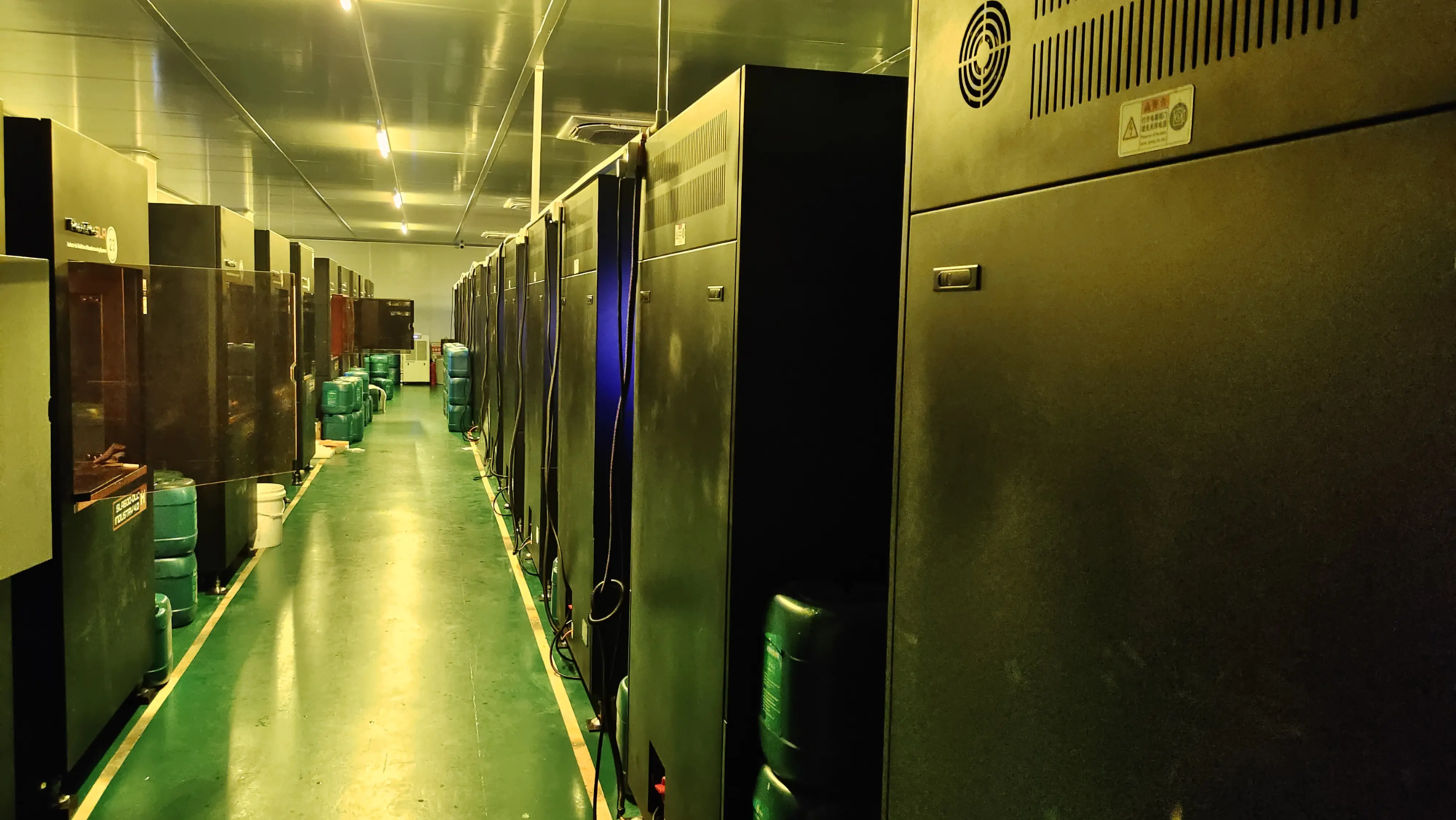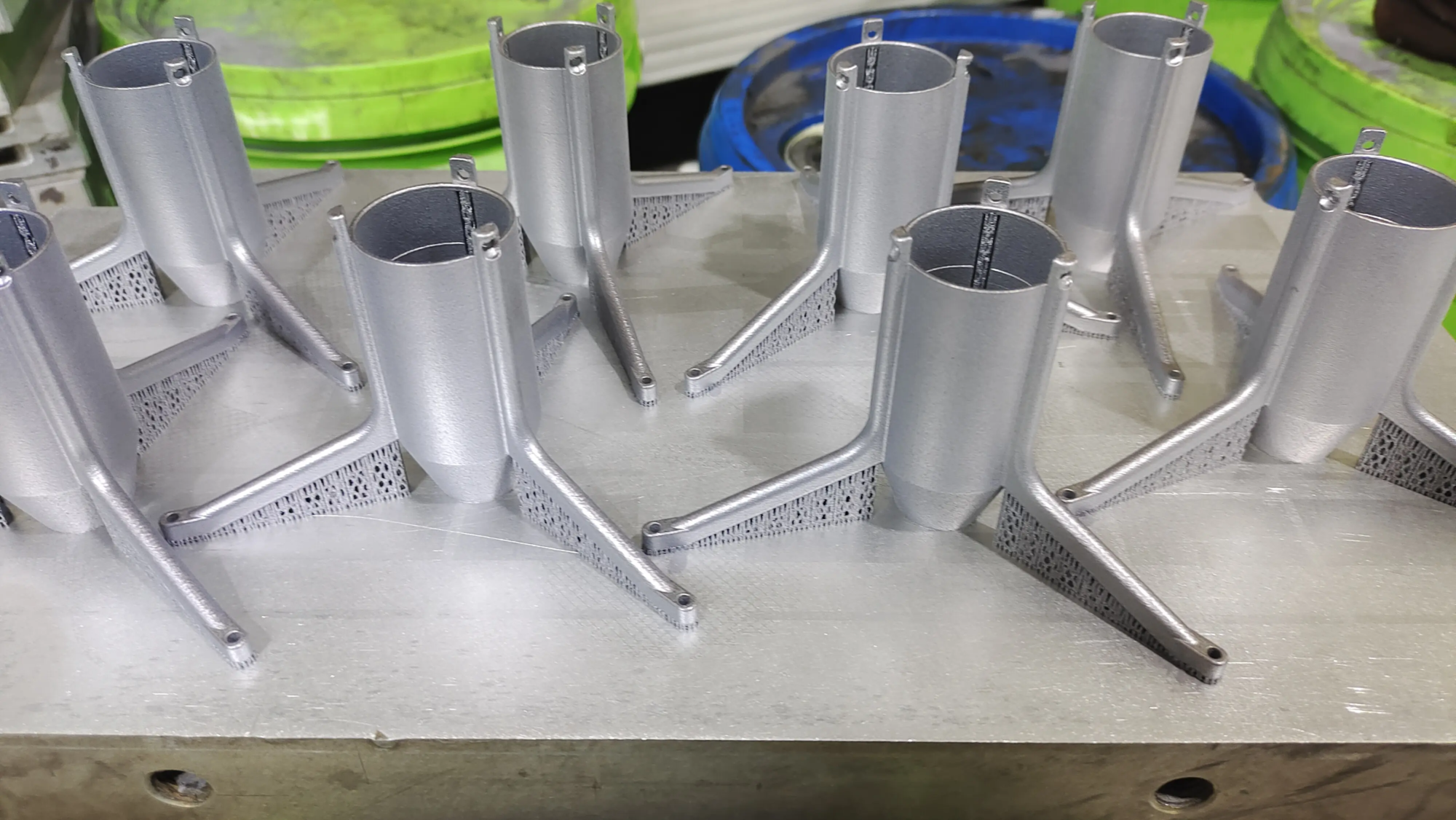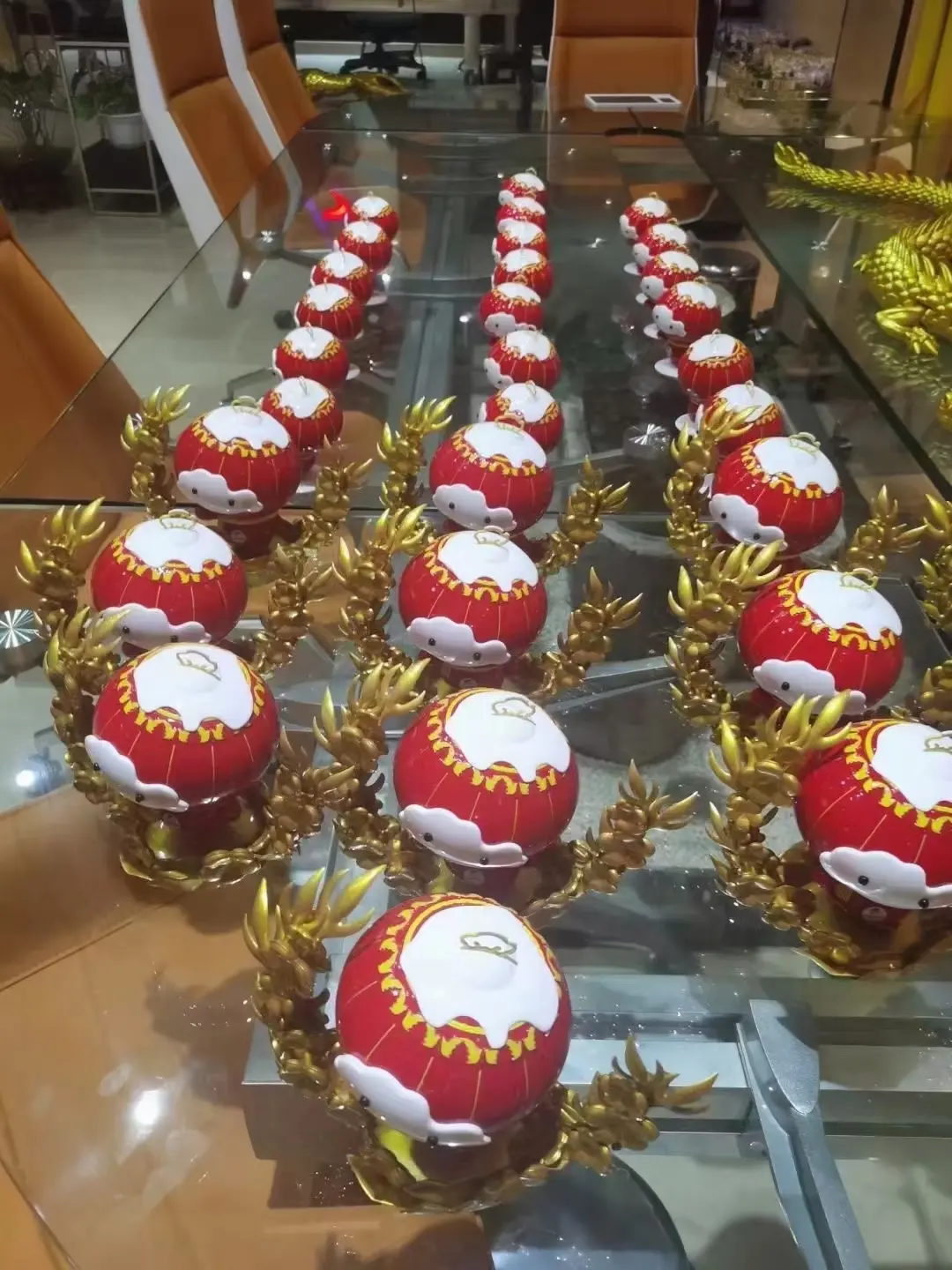According to the resource database, the Korean Science and Technology Academy Ministry of Mechanical EngineeringLee ChengzheTeacher team at the POSHANG University of TechnologyKim Hyung-SeokThe teacher’s team worked together to successfully use the AI to overcome the problem of the ductility of the force of the Ti-6al-4V alloy in 3D printing, and carried out the production of high-resistance and high ductility metal products.
The AI developed by the team is able to precisely predict mechanical performance based on a variety of 3D printing process parameters while providing uncertainty information. The study was published in Nature Communications and was supported by the Nano and Materials Technology Development program of the Nano Foundation of the National Research Foundation and the main program of the Research Center.
Laser powder fusion technology (LPBF) is commonly used in 3D printing of Ti-6al-4V alloys, a material known for its high resistance and biocompatibility. However, the Ti-6al-4V alloys traditional 3D printed printed are faced with challenges to achieve both high resistance and ductility.
Although this problem has been resolved by adjusting the parameters of the printing process and the heat treatment conditions in the past, due to the large number of possible combinations, it is difficult to fully explore by experiences and simulations alone.
Optimization method led by AI
The research team has developed an active learning framework which can quickly explore a wide range of 3D printing process parameters and thermal treatment conditions and recommend combinations that promise to improve the strength and ductility of alloys. These recommendations are based on the prediction of the AI model for resistance to ultimate traction and total extension, as well as uncertainty information linked to each process parameter and thermal processing conditions.
The recommended process conditions are verified by 3D printing and traction tests to obtain real mechanical performance data. These new data has been included in the subsequent formation of the AI model.
Under these optimization conditions, the 3D-printed Ti-6al-4V alloy has reached a resistance to the ultimate traction of 1190 MPa and a total extension of 16.5%, successfully overcoming the problem of the sustainability of the force.
Lee Chengzhe“In this study, by optimizing the parameters of the 3D printing process and the heat treatment conditions, we were able to develop highly ductile and highly ductile Ti-6al-4V alloys with minimum experiences. Compared to previous studies, the alloys that we have produced have a similar lengthening to similar extreme trend and resistors to the ultimate ultimate terp to a similar elongation.”
He also added: “If our method is applied not only to mechanical properties, but also to other properties such as thermal conductivity and thermal relaxation, we expect it to effectively explore the parameters of the 3D printing process and thermal treatment conditions.”





